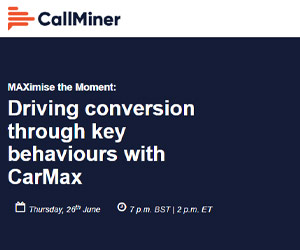During the 1990s and early 2000s the UK government relied heavily on target setting as a way to manage the public sector. We had:
- Targets for education
- Targets for healthcare
- Targets for policing
- Targets for fire brigades
- Targets for the tax office
- Targets for dustbin men
No doubt we had targets for the target setters as well. UK PLC was run by setting targets and expecting the managers to hit them.
Did it work?
Here is a very interesting paper that answers that very question. Unfortunately it is the sort of paper that takes 30 minutes, your full concentration and a strong cup of coffee to read. If you don’t have those let me give you a taste…
There were 3 clear effects from all this target setting:
1. Ratchet effects
The ratchet effect happens as target setters progressively make the target harder and harder to hit, gradually ratcheting up performance year on year.
The problem with ratcheting up the target is that if you make 101% of the target one year you will be asked for 105% the next, so nobody in his right mind would knock the target over and hit 150%. After all, what chance would you stand the following year?
You might think this is cynical, so let me ask you… Did you make sure your spent all of your budget last December just so it wasn’t taken away from you this year?
Yes? I did, and that is what causes the ratchet effect.
2. Threshold effects
The threshold effect happens when the target creates a step in performance.
Instead of a spread of results, performance clusters around the target. Those who are below the target strive to hit it (by about 101%), whereas those who are performing far above the target take their foot off the gas and coast down to it. Why invest your resources in something you won’t get thanked for?
Once again you can challenge me with cynicism, so let me ask another question… If you were a teacher with a target to get your children through an exam where would you focus your efforts?
- The children who could easily pass the test
- The children who will never pass the test
- The children who might just pass the test
Which did you chose? Targets create thresholds in performance.
3. Output distortion
The last effect of target setting is to distort the output, a politically correct way of saying to cheat — to make the numbers by fair means or foul.
Of course, you or I would never cheat, we are fine upstanding members of society.
Let me give you a couple of examples of how fine upstanding members of the medical profession behaved when faced with targets:
- Doctors were told that patients shouldn’t wait more than 48 hours to see a General Practitioner. This was an easy target to hit. They simply stopped taking appointments to see anybody more than 2 days in advance — goodbye waiting list.
- Hospital managers were given a target that emergency admissions should be given a bed within 12 hours. Once again this was an easy target to hit. They took the wheels off the gurneys the patients were lying on, converting them into “beds”.
So targets have effects, just not the ones you would expect
Still not convinced? Then let me leave you with a final thought…
The more taxing government targets were nicknamed P45 targets. (P45 is the reference code for the UK tax form entitled “Details of employee leaving work”.)
How would you behave if your children’s welfare depended on hitting a target?
Let me ask again, did the targets work?
Don’t ask me, I am horribly biased, you will have to read the report and draw your own conclusions.
click here for updates delivered straight to your inbox
Author: Jonty Pearce
Published On: 17th Feb 2014 - Last modified: 13th Nov 2018
Read more about - Archived Content


























